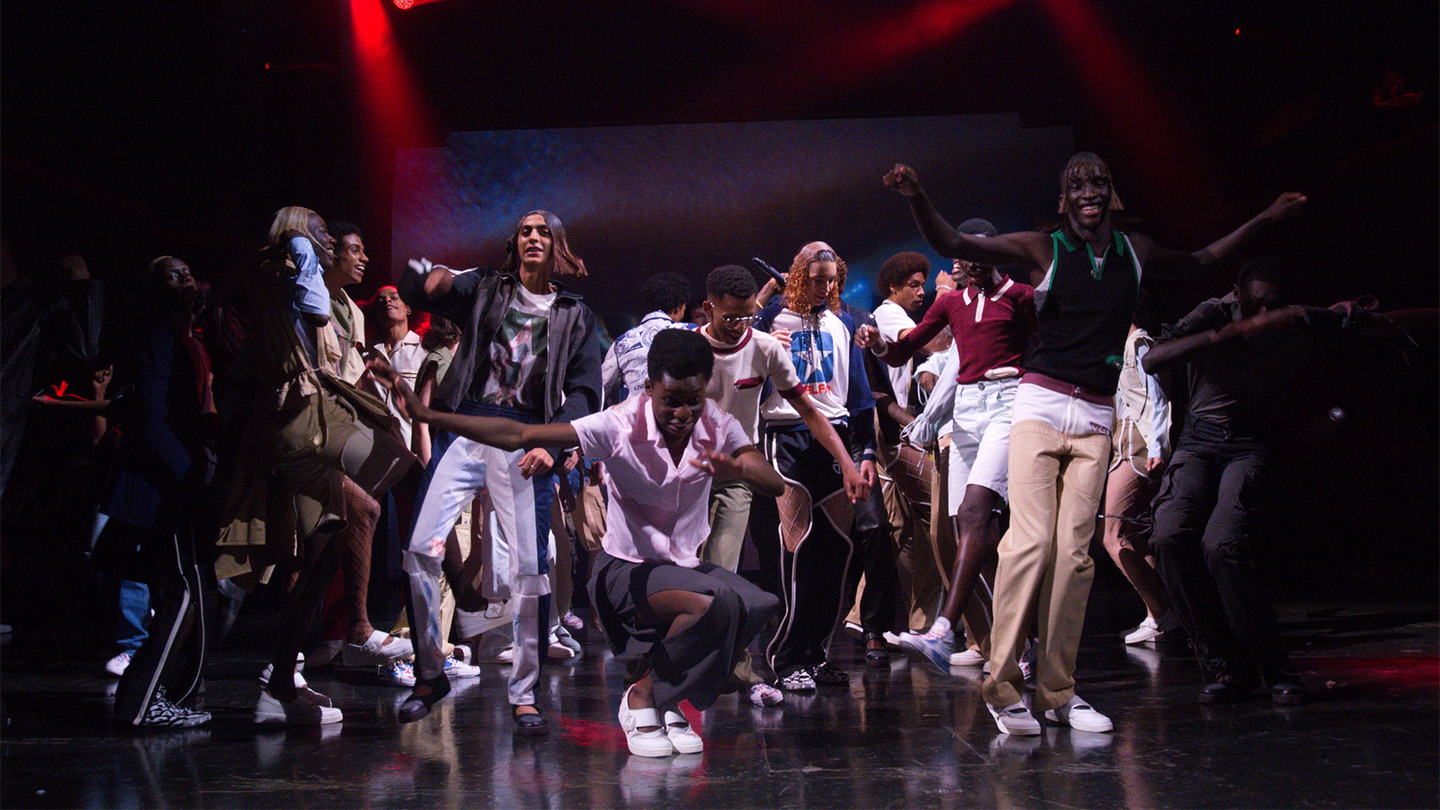How many different Americas are there? There are liberal enclaves and conservative wastelands, spaces of freedom and expression and repression, conflicting oases of utopia and dystopia. Telfar has spent the last few seasons turning his progressive vision towards the spaces you’d be least likely to encounter it. Images of one kind of America are subverted to tell a story about another.
If, in many respects what Telfar does feels quintessentially New York — its ethos, its politics its inclusivity — it’s because over the last 15 years he’s helped craft that spirit. So to transpose the show to Paris? It was interesting to see how it would work. But it was more about moving their whole world to occupy a new space, rather than adapting what they do for a different audience. Telfar’s always been unapologetically Telfar, from when that wasn’t particularly cool to when he’s being lauded by the CFDA. What he stands for hasn’t vastly changed since the label was started in 15 years ago, even as the world has finally caught up. Their for-everyone, genderless ethos is not so much a trend or statement for Telfar, but a way of being and existing and thinking about fashion’s place in the world.
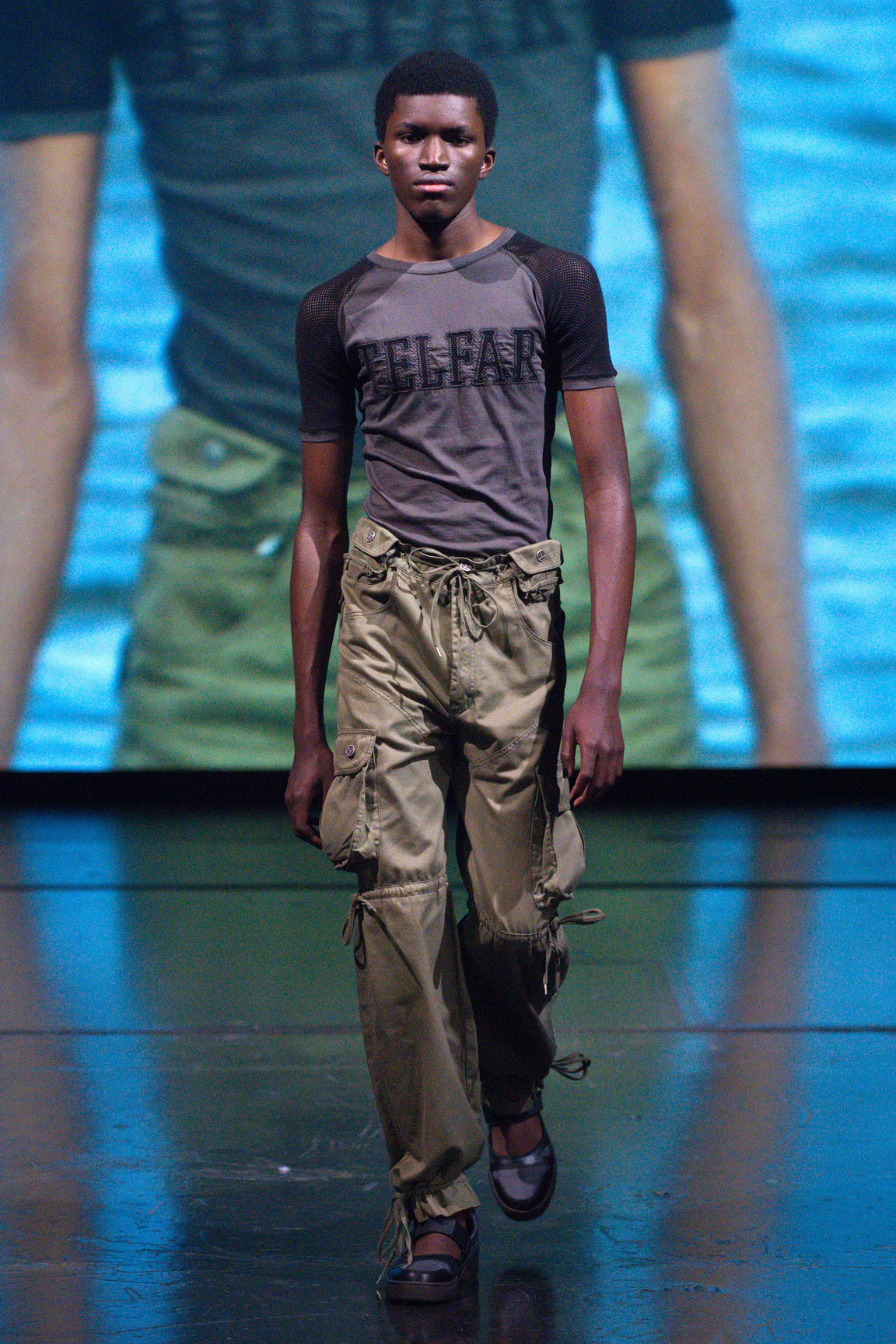
The show this season was described as “a radical kind of creative collaboration” bringing together sound, video and performance. He’d assembled an enviable cast of co-creators: Dean Blunt, Steve Lacy, Arca, Ashton Sanders, Oyinda, Juliana Huxtable, Jeremy O Harris, Diamond Stingily, Ian Isiah and Petra Collins all had a part to play in the evening. The venue La Cigale, a space in Pigalle that’s been a cabaret, cinema, nightclub, concert venue, felt apt. It was a show that felt open and pushed at what a fashion show can be. Importantly, it used this openness and expansiveness to contrast against the restrictive and conservative nature of much of modern America.
As the models walked out, a voiceover from a projected film — directed by Clayton Vomero –talked about immigration, while showing large expanses of water to represent the Telfar team travelling to Paris. It exploded into joyful song courtesy of Steve Lacy, and featured moving monologues from Ashton Sanders and Jeremy O Harris that touched on Whitman and Shakespeare.
The collection played on the double meaning of customs and customs, showing immigration queues at an airport. The clothes were militant and militaristic, and were reflected in the film — “between tourism and survival” they called it, or “new clothes for a new world” as Telfar said after the show. “We wanted to show everyone everything we can do,” he added. It felt like a sharpening of their last few seasons of work around Americana, and the breadth that it can encompass, while pushing into a new and less restrictive space.
There was more sportswear; a darker tone; less referential. The show was titled ‘The World Isn’t Everything’, but a more accurate statement might have been a more positive reversal of that; something like ‘We are all the world’. “We’re a global brand,” Telfar said, quite simply, of the decision to show in Paris. “We want to be in the capital of fashion.” With this show, he staked a claim on a space to inhabit.
It ended with a riotous little party on the catwalk, as the front row got up and danced with models. Does the spectacle overshadow the clothes? Well, it was too dark to see many of them. As the models came out they were only briefly illuminated by a spotlight. And of course, fashion is about more than clothes, and the clothes speak for themselves.
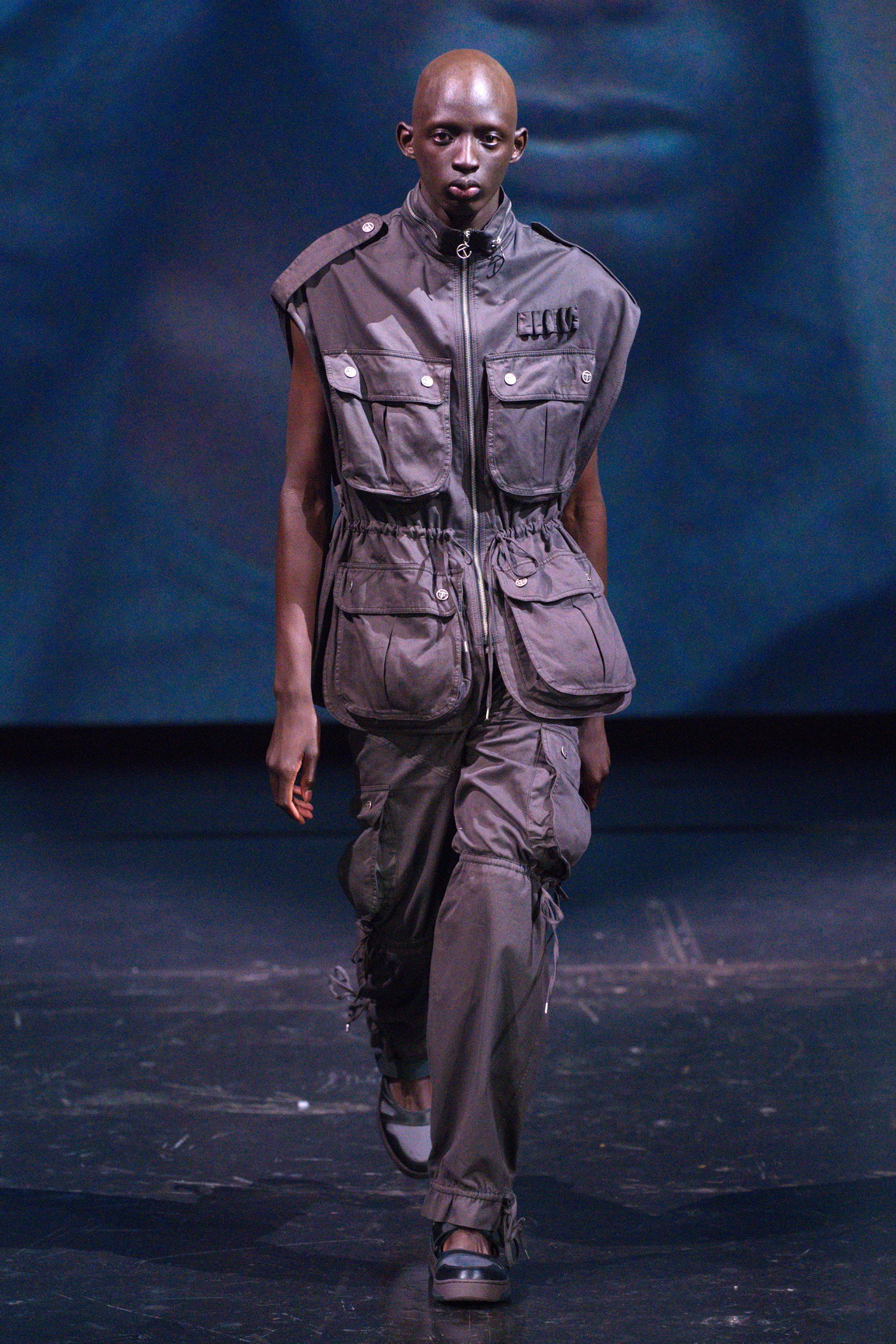
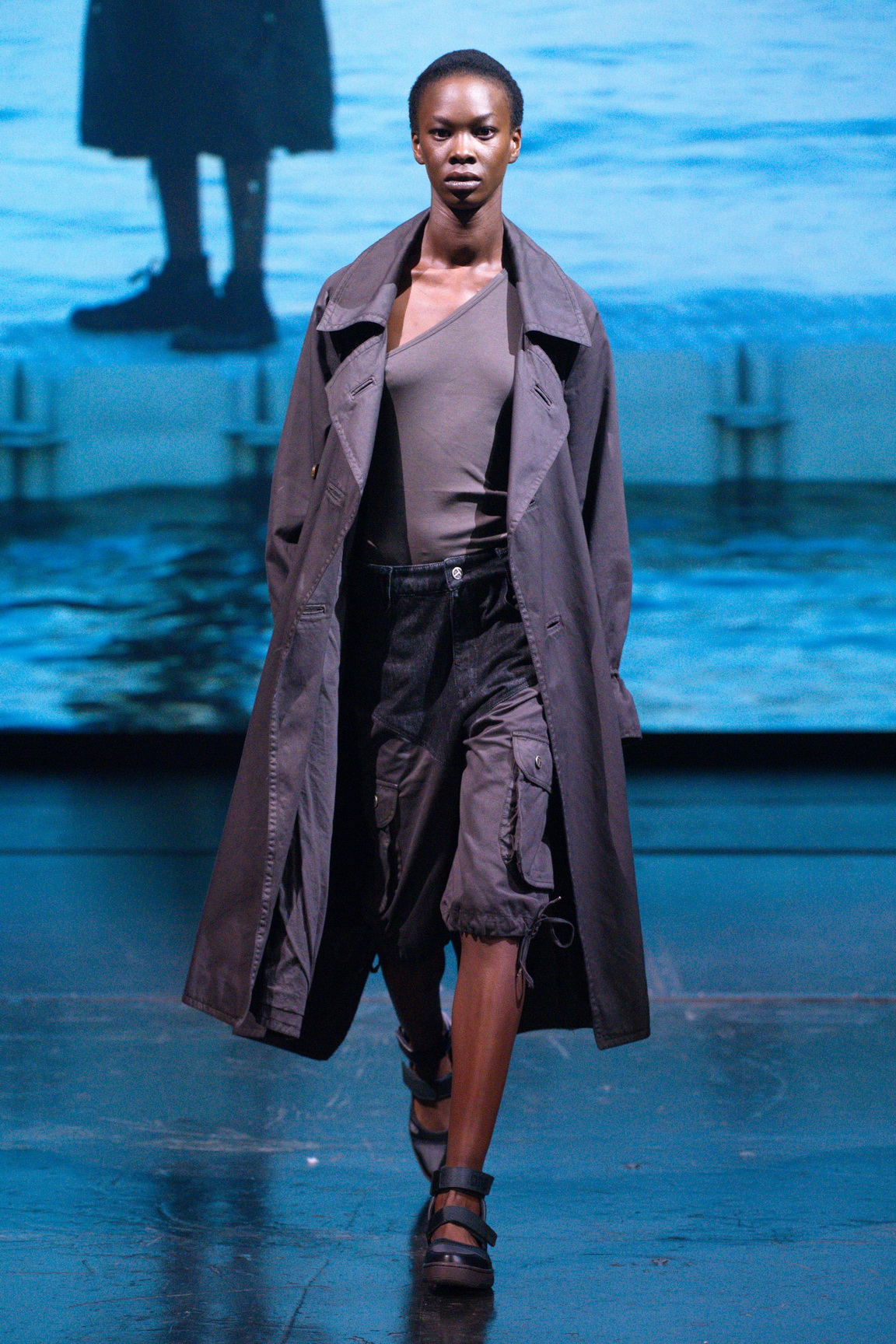

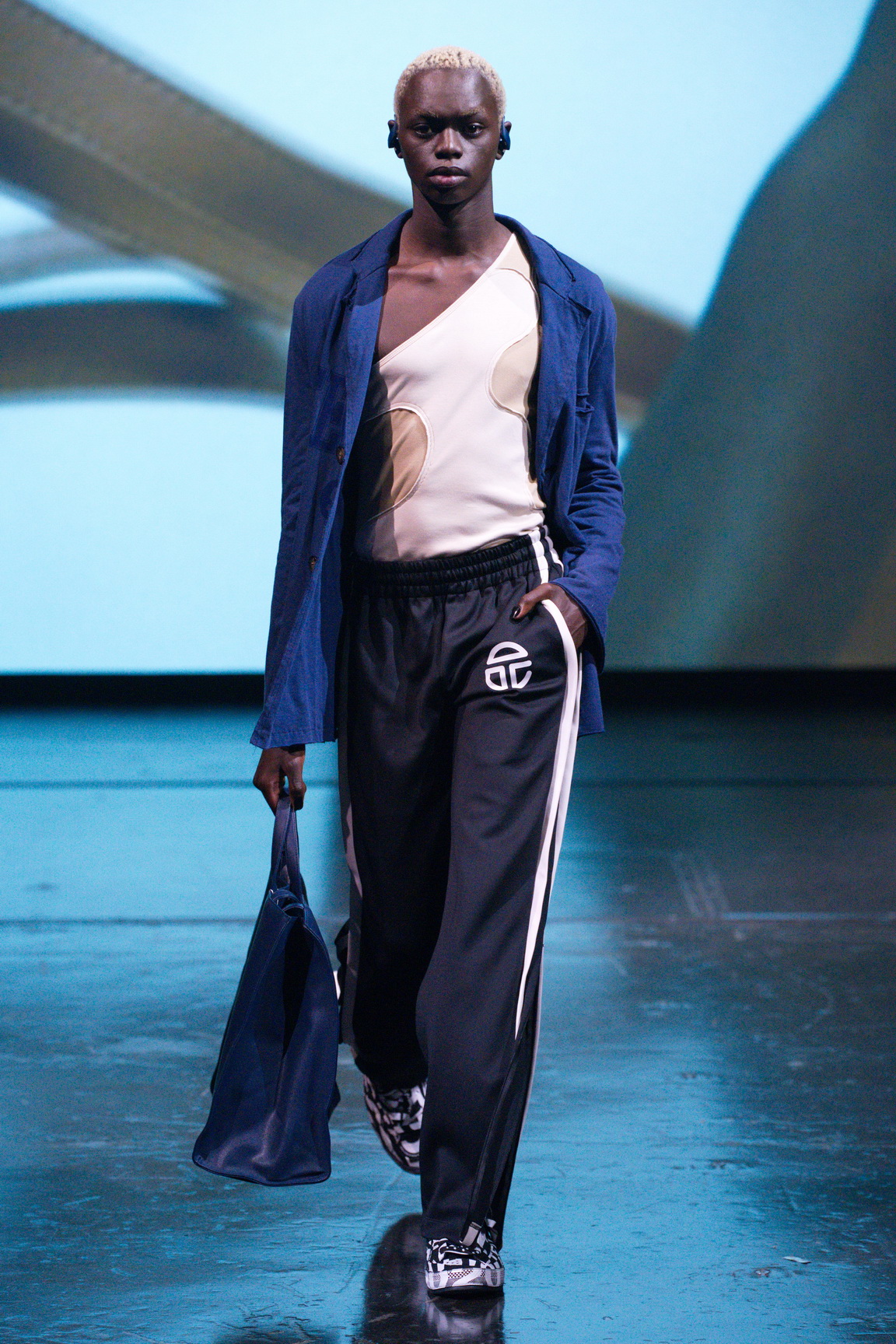
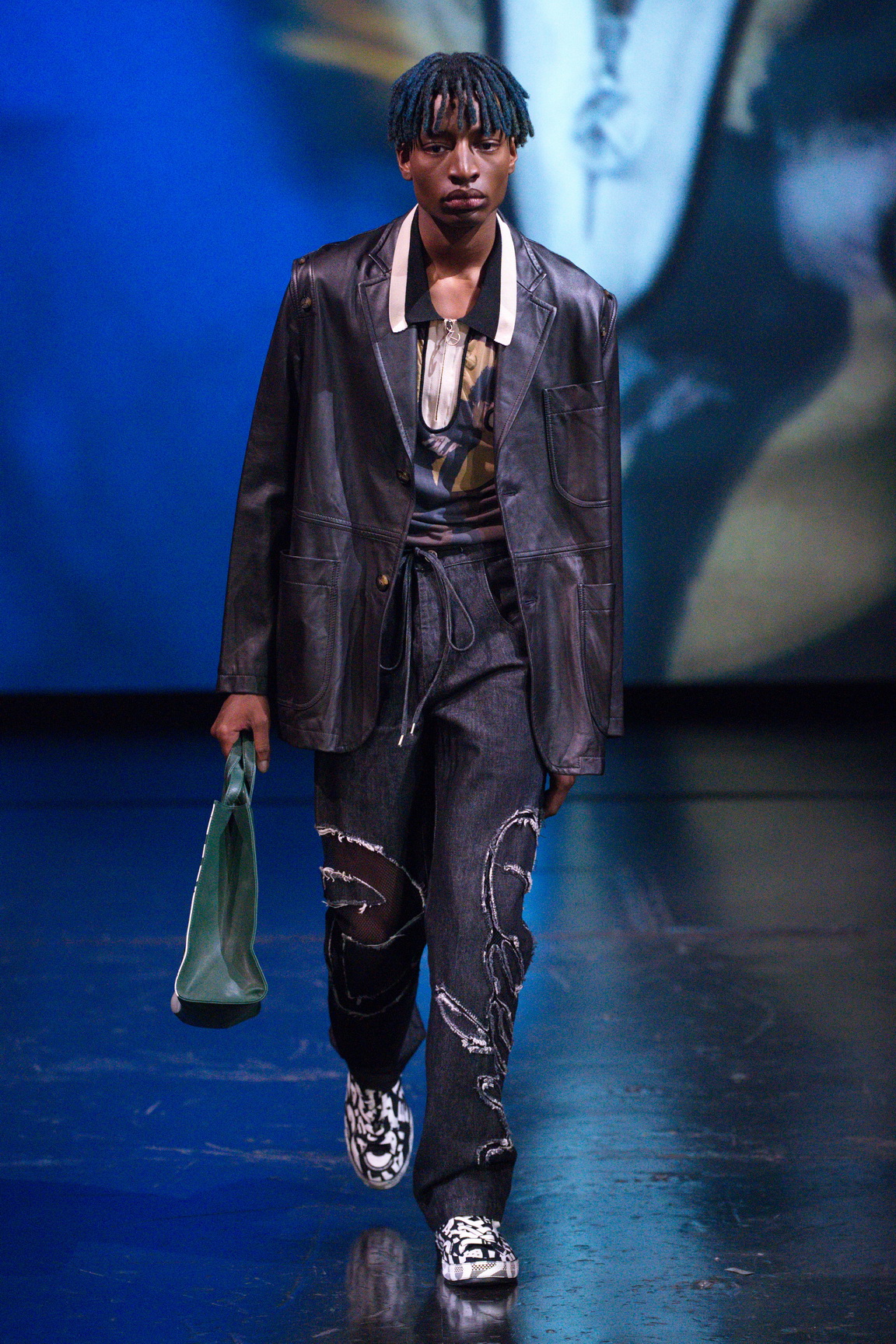
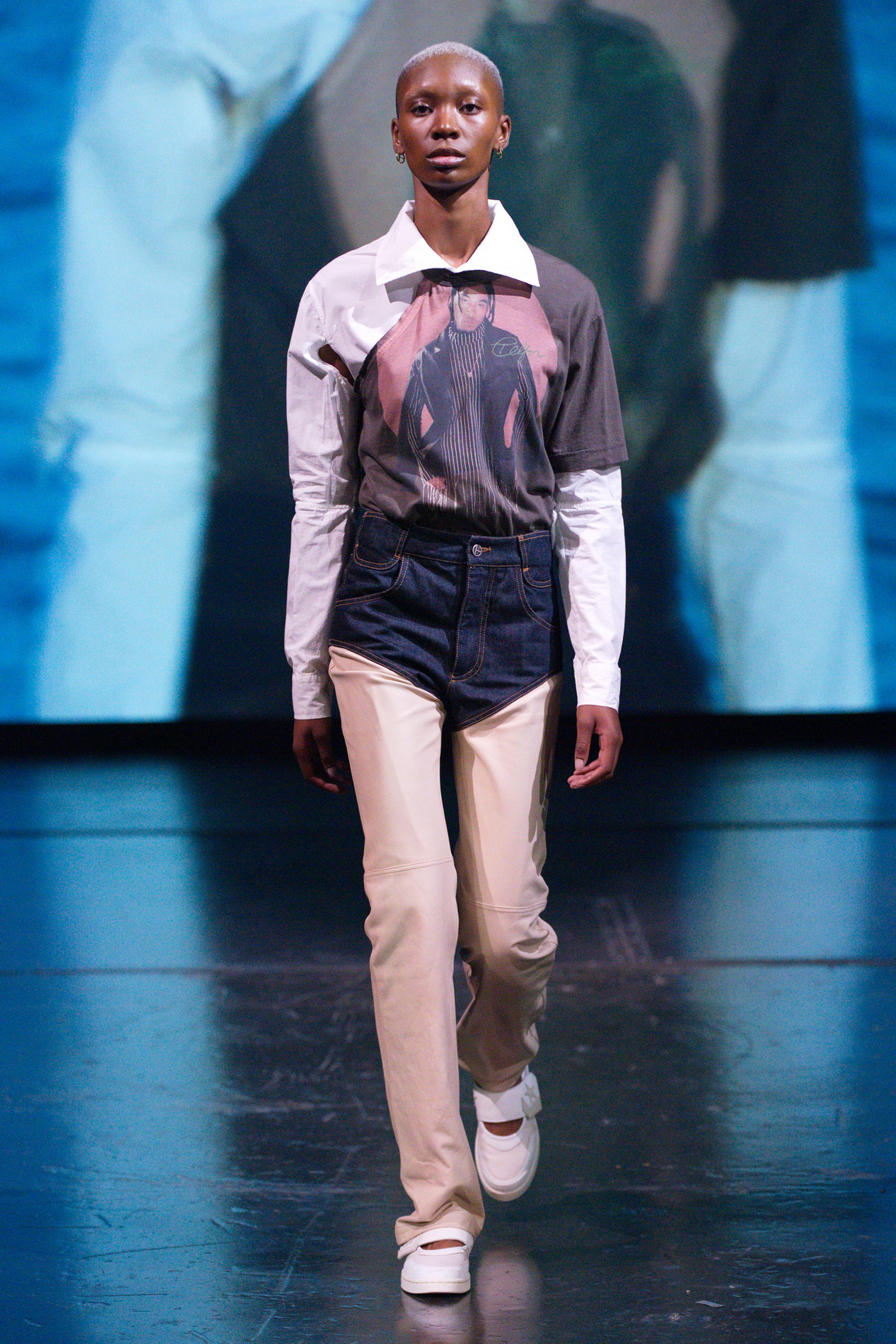
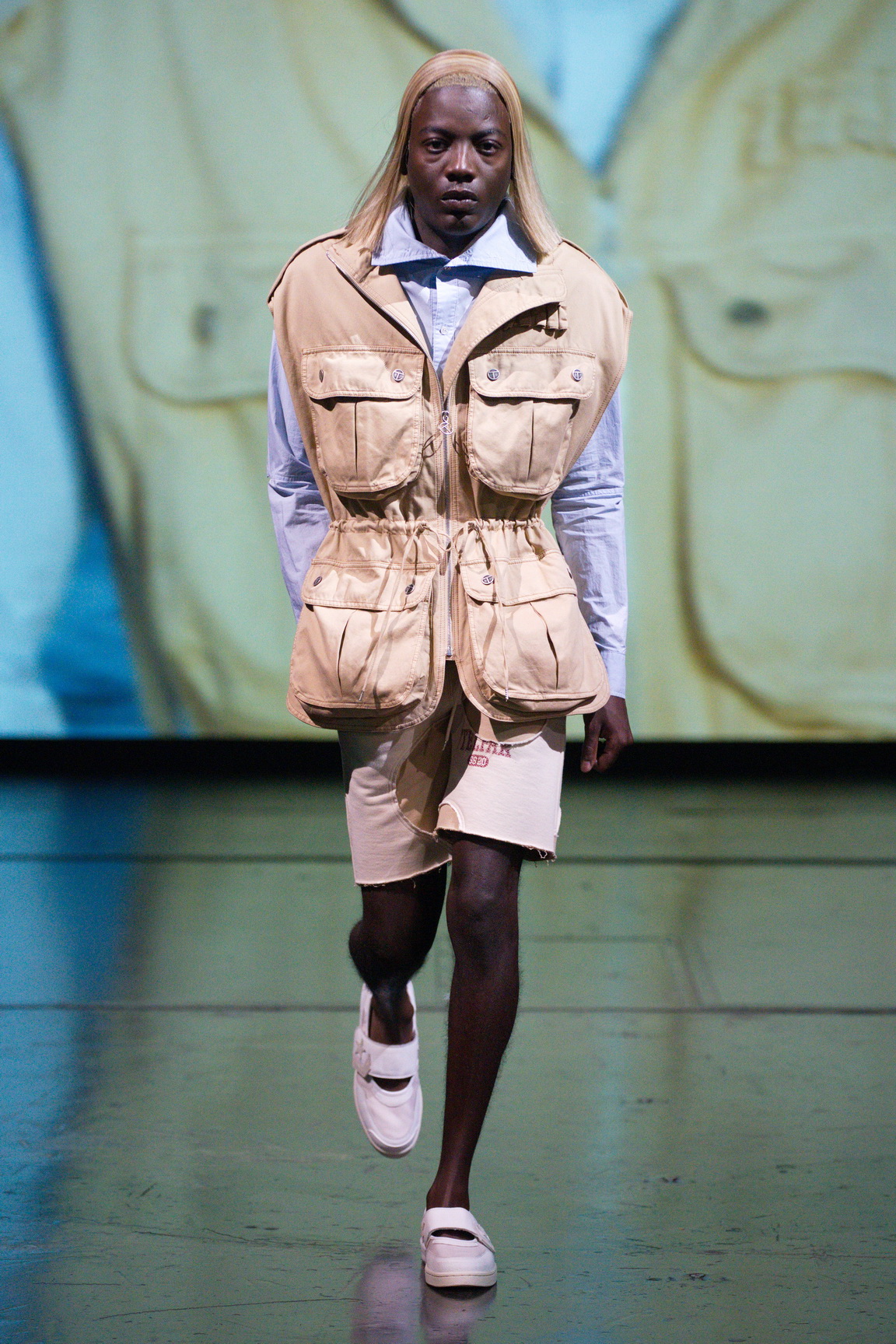
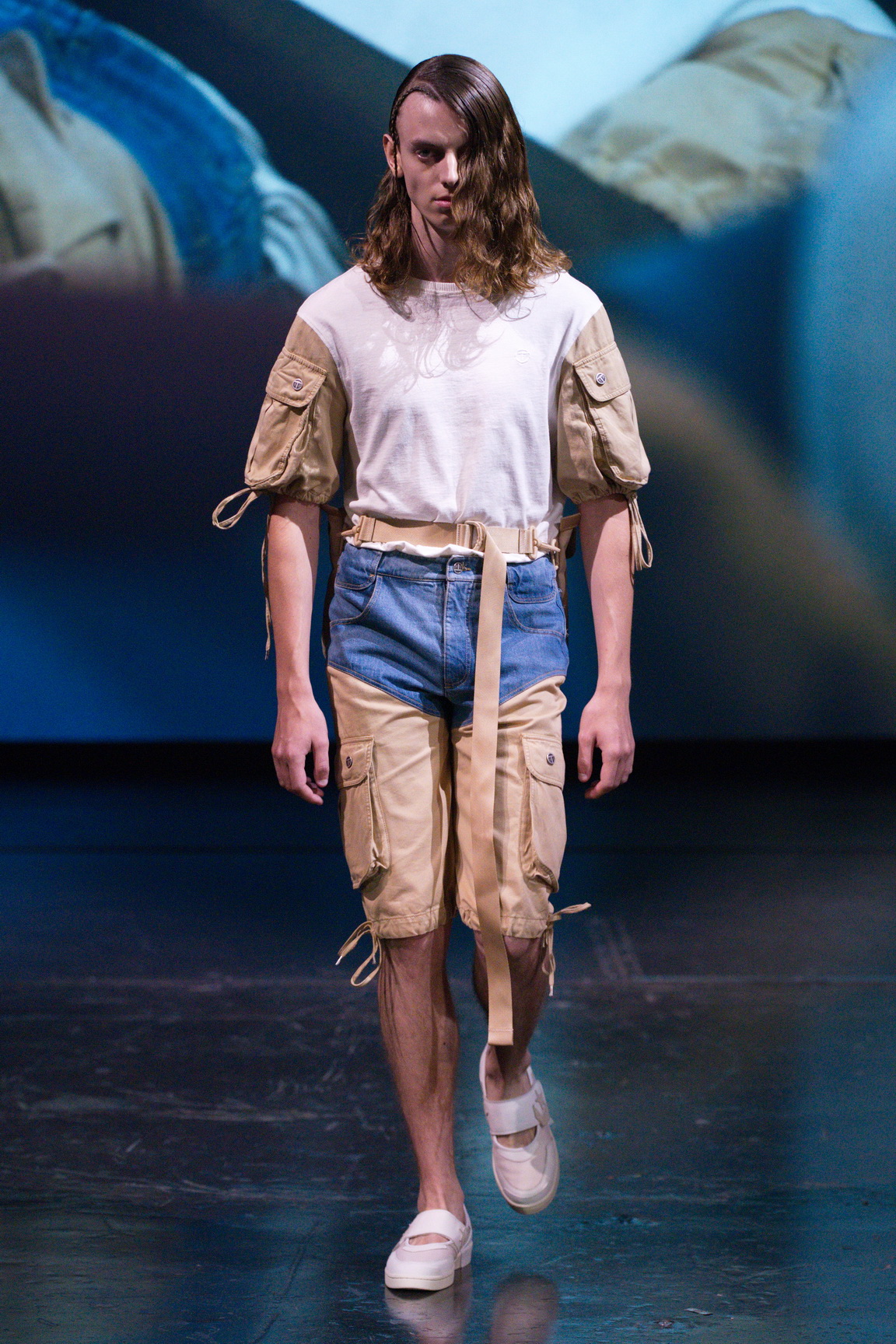
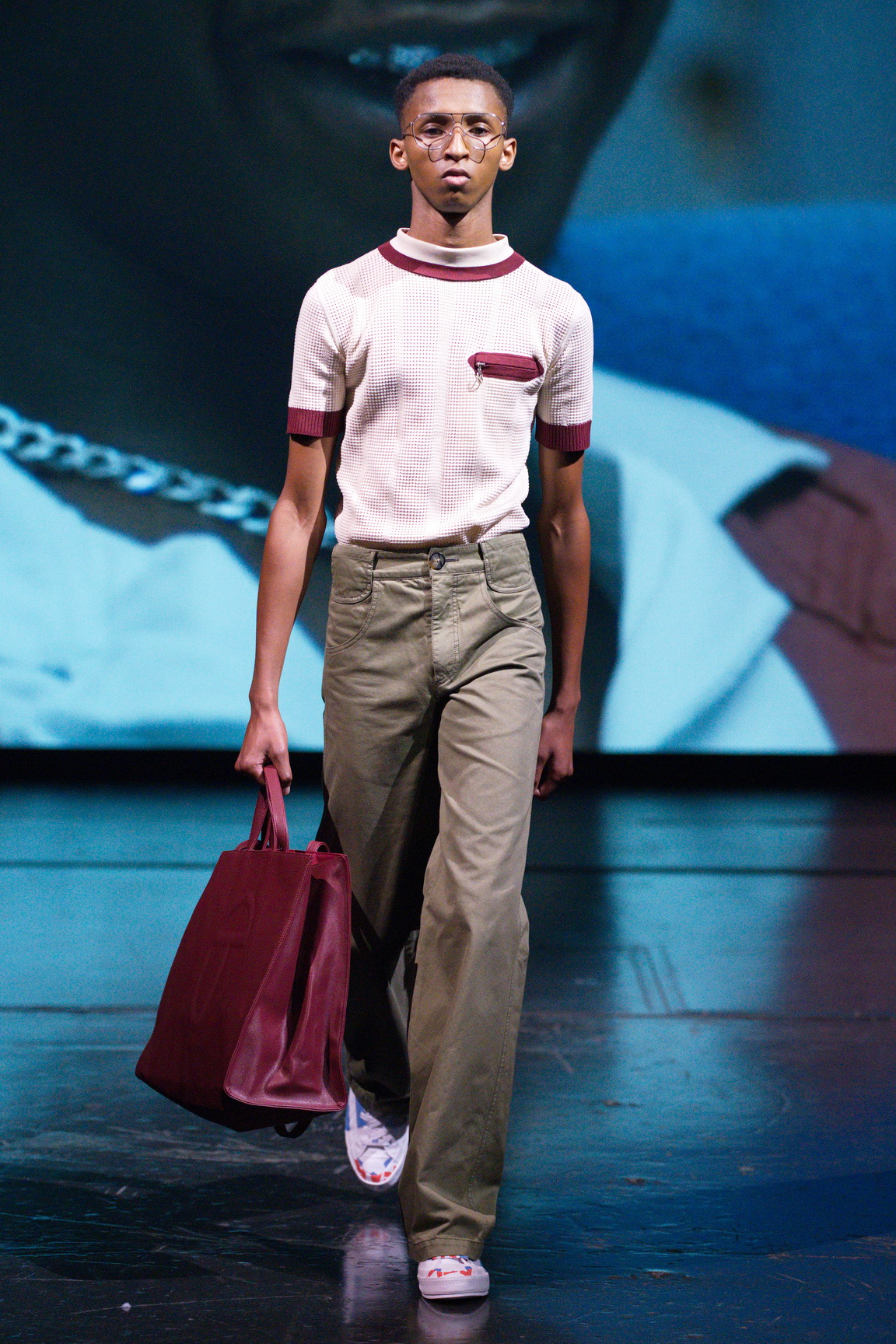
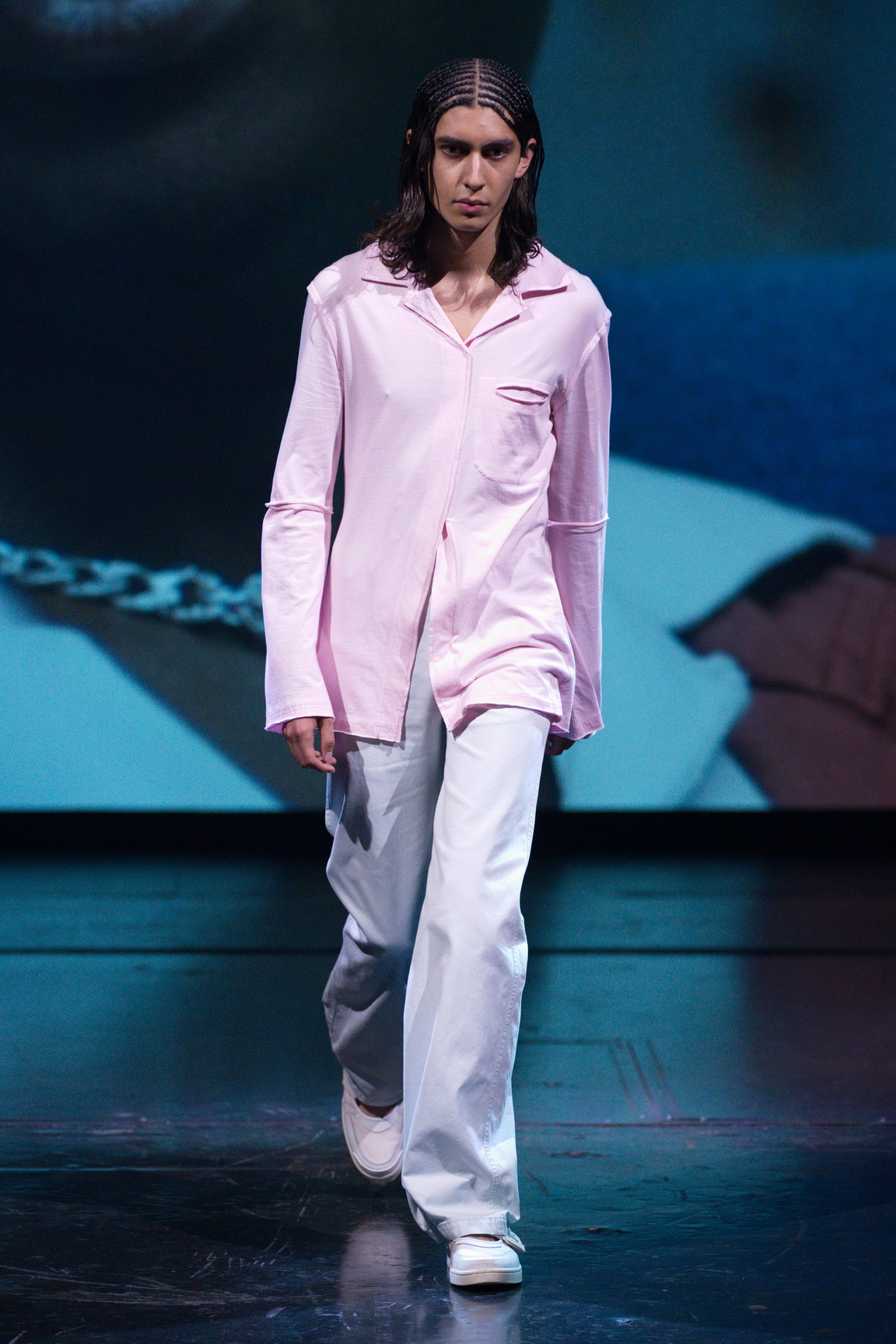
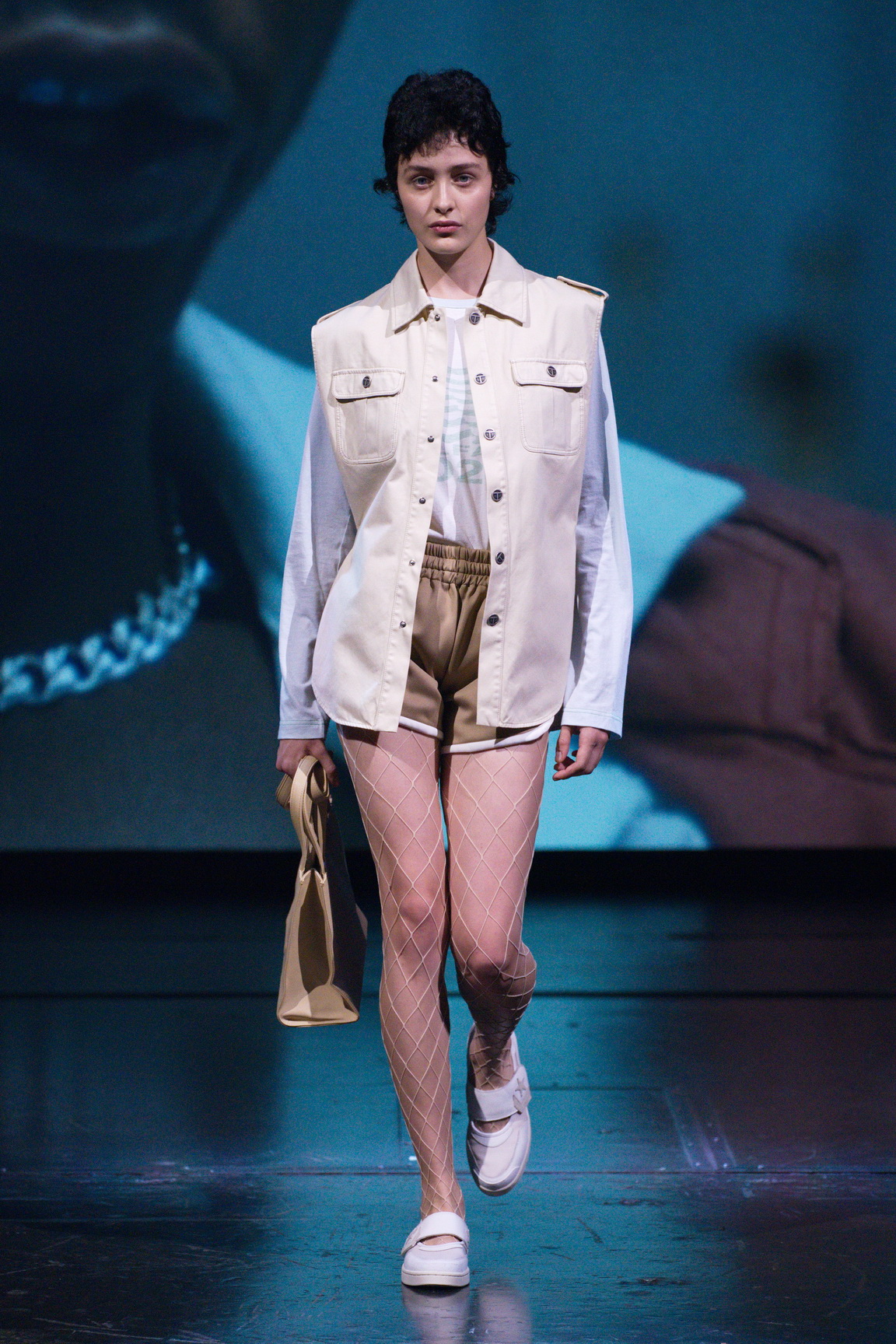

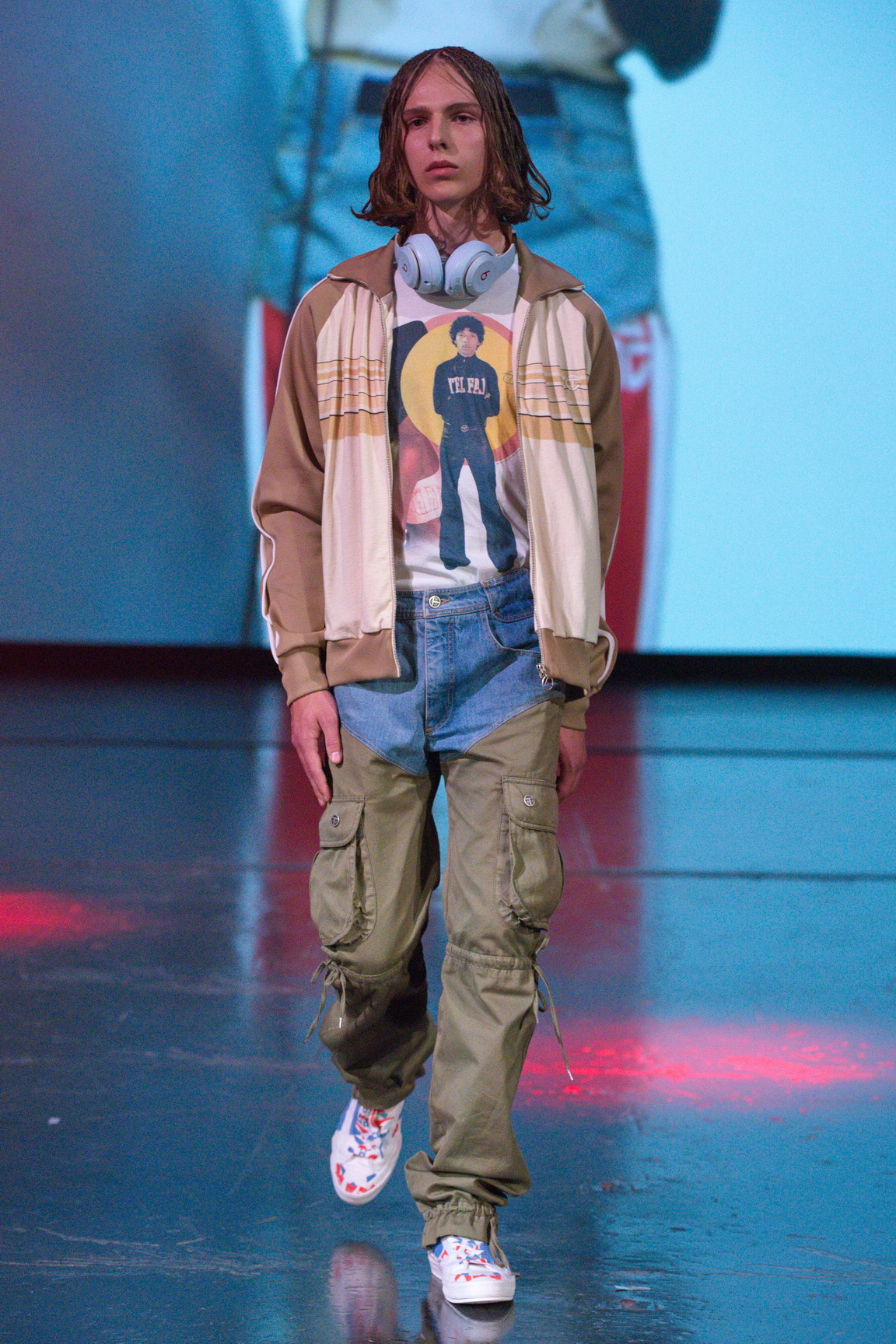
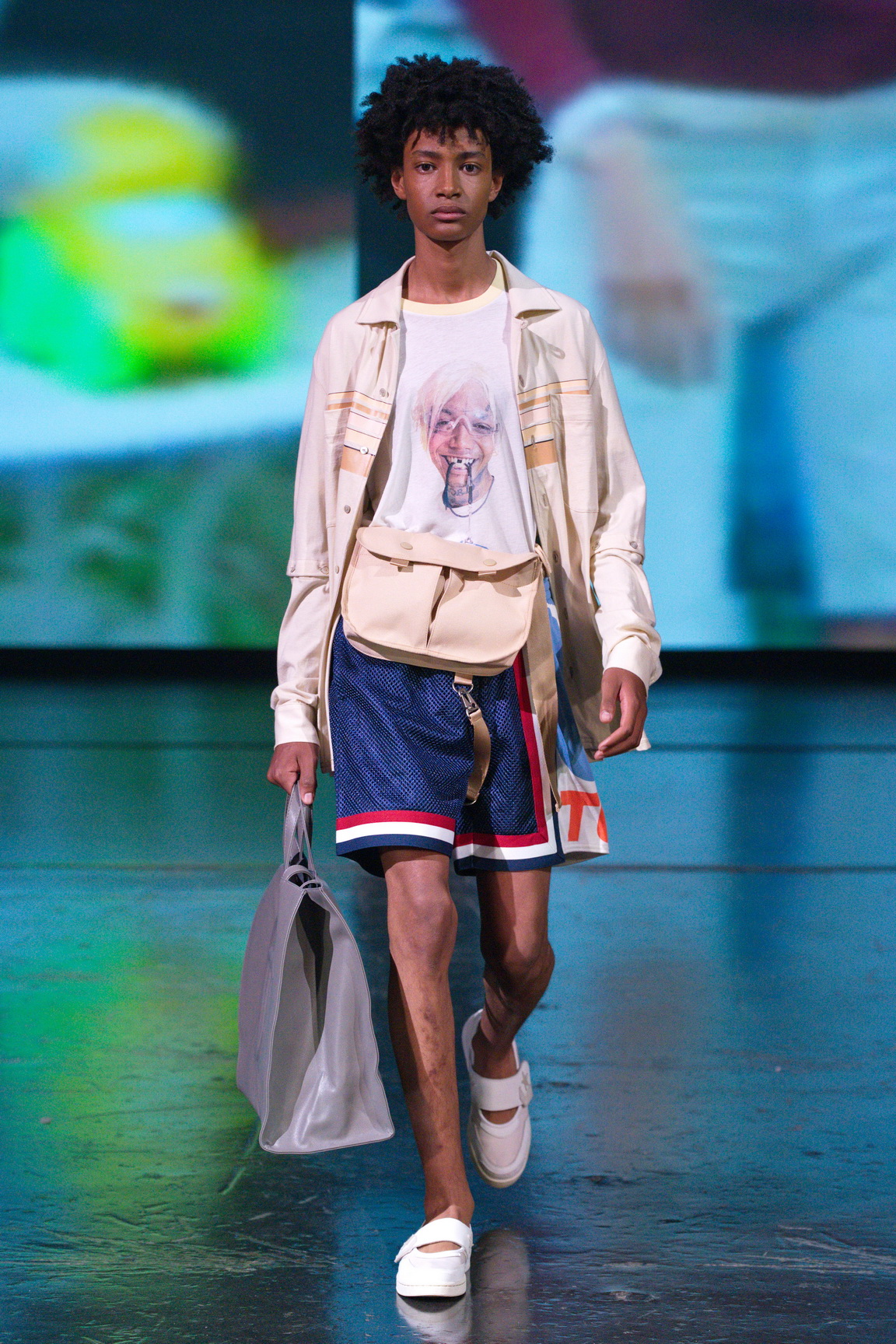
Credits
Photography Mitchell Sams.
